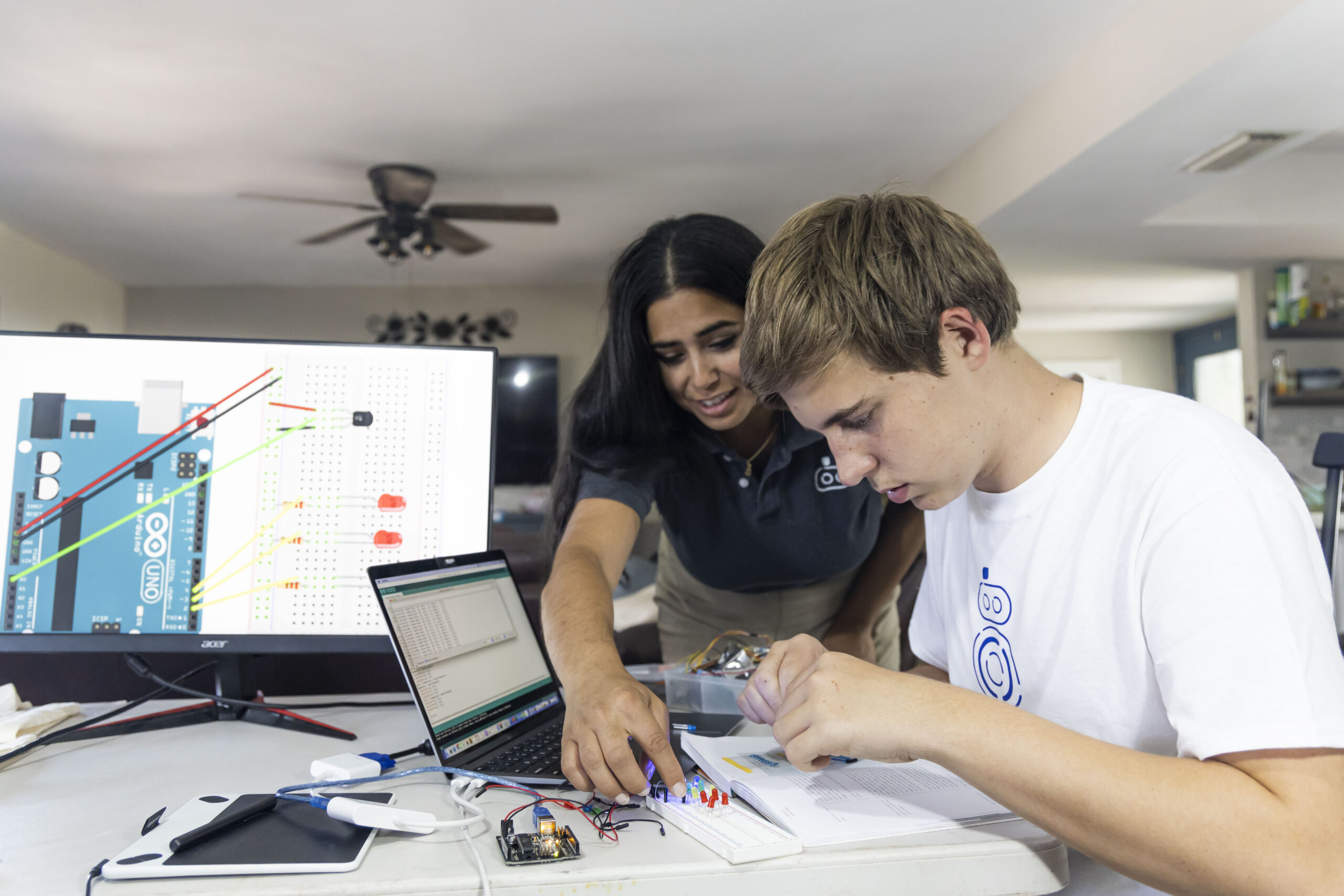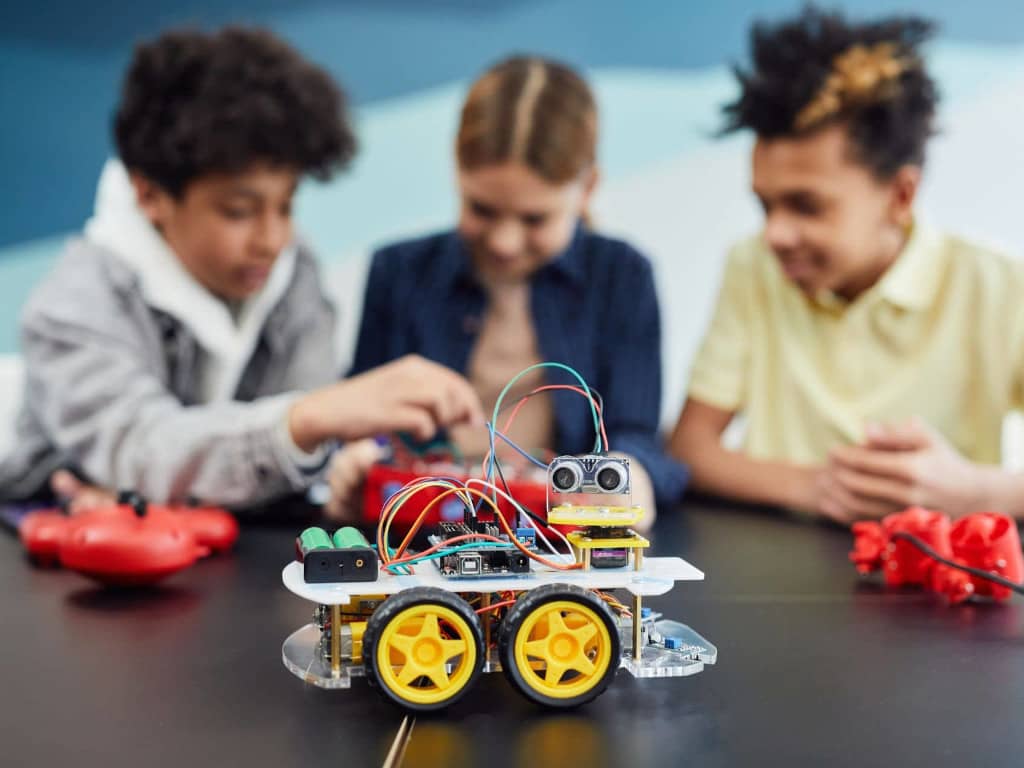The Role of Sensors in Robotics

The human senses are a bridge between people and the environment, and they allow us to understand and adapt quickly to external stimuli. Our human senses are like sensors in machines. For example, human sight helps us determine shapes, colors, and distances between ourselves and objects. Meanwhile in robotics, a proximity sensor allows machines to detect the presence of a nearby object without coming in contact with it.
The other human senses are touch, smell, taste, and sound. In robotics, these human senses show up in touchscreen technology (touch sensors), gas sensors used to detect specific smells (odor sensors), and other sensors that simulate the taste and hearing senses. Just like human senses, sensors in robots help understand the world’s dynamics.
Let’s explore the world of sensors and learn about their classification, types, and real-life examples. .
What is a Sensor?
A sensor is a device that takes physical inputs from the environment and turns them into data. Sensors help robots and other machines determine weights, temperatures, distances, light, and more—by expressing values in standard forms of measurement. For example, temperature is expressed in Fahrenheit or Celsius, distance uses meters or feet, and sound uses decibels.
Classification of Sensors
While there are many ways to classify sensors, we’ll review two of the most common classifications.
-
Analog sensors: As an example of analog sensors, the speedometer sensors in our car help read the car’s velocity.
-
Digital sensors: Digital sensors could be the infrared sensors we find in alarm systems for home security.
Different Types of Sensors
In a past post, we covered the remarkable role of sensors in the world of robotics, so let’s recap some of these types of sensors.
- Temperature sensor: These allow robots to measure the temperature around it, and they’re very useful in scientific research.
- Light sensor: These help robots detect changes in light intensity. They are helpful in finding possible exit routes within confined spaces during natural disasters.
- Sound sensor: As a robot emits different sounds, sound sensors help a robot to compare and determine the distance of objects.
- Chemical sensor: These help robots detect chemical properties in water or air particles that could be dangerous for our health. By understanding the chemical properties of water and air, we’ll know if our soils and rivers are safe to use in farming.
- Voltage sensor: These convert high voltages to low voltages and vice versa. Voltage sensors help us find the potential difference between two extremes. For example, they are used to detect power loss so that electrical devices can keep working.
Real-life examples
- Smoke detectors: Smoke detectors recognize small particles of smoke in the air and alert us in the event of a possible fire.

-
Electronic thermometer: Electronic thermometers read temperature through a temperature sensor; the temperature number value shows up on a digital screen.

Have a friend who would enjoy learning more about this topic? Share this with them!










Thanks for sharing. I read many of your blog posts, cool, your blog is very good.
Your point of view caught my eye and was very interesting. Thanks. I have a question for you.